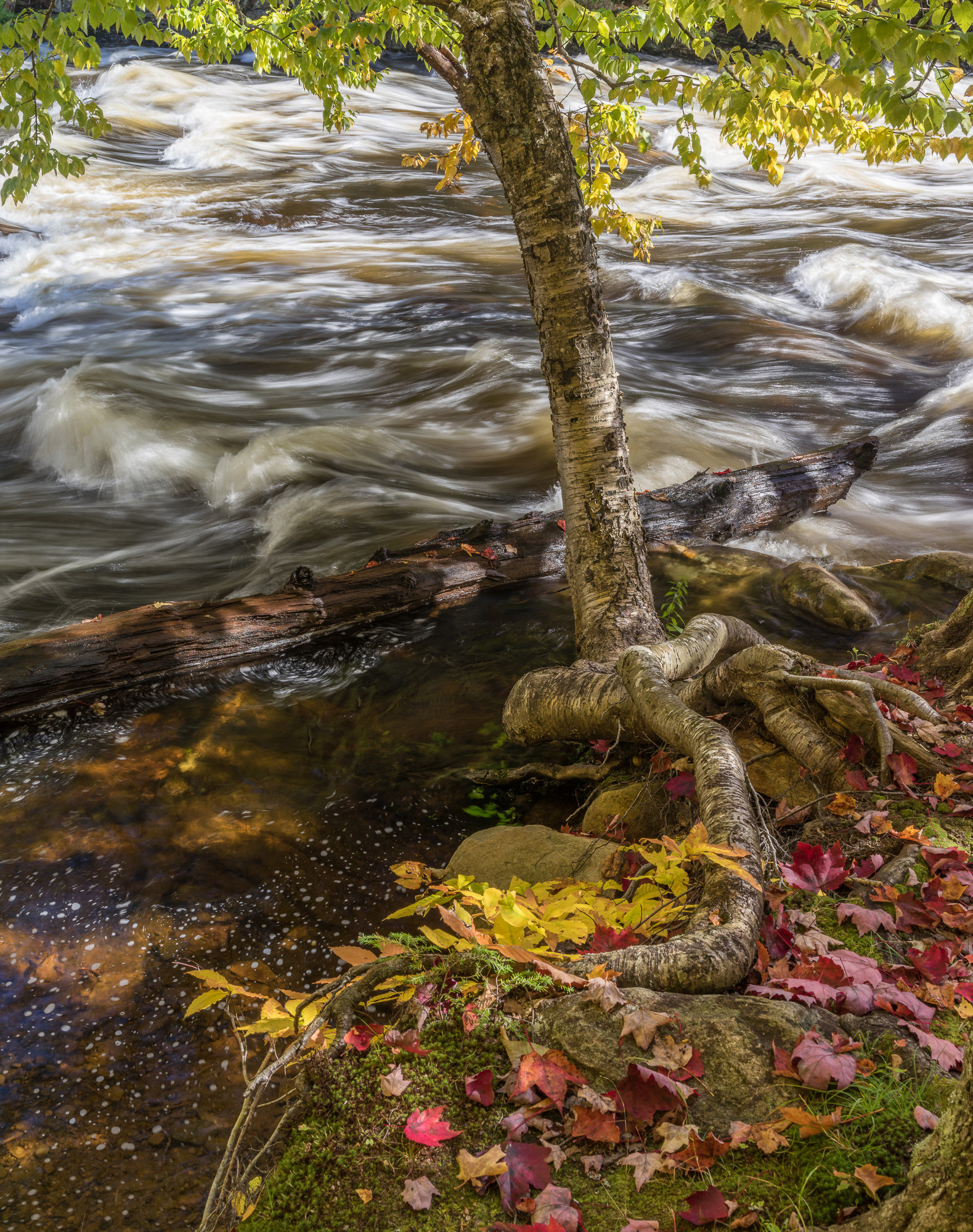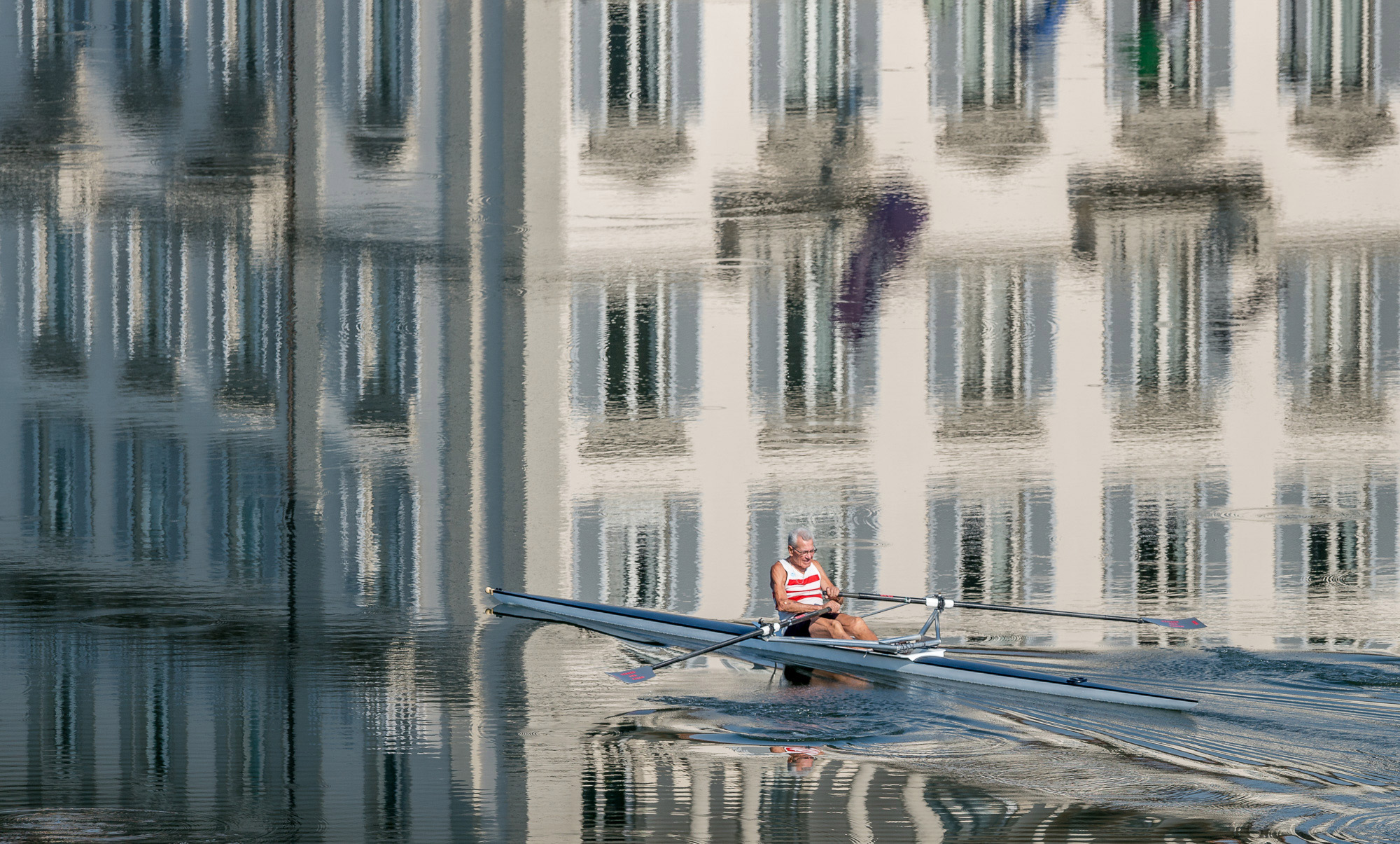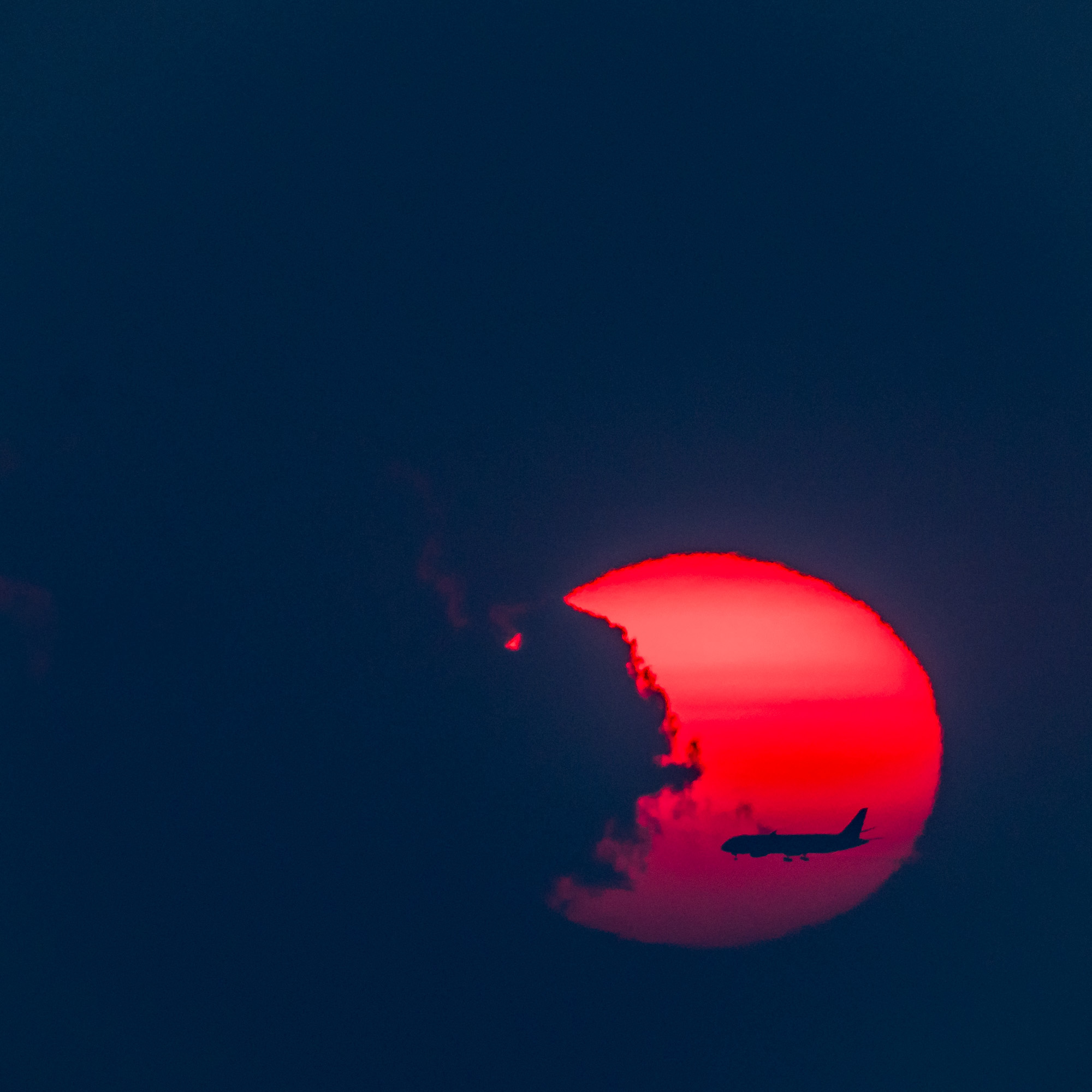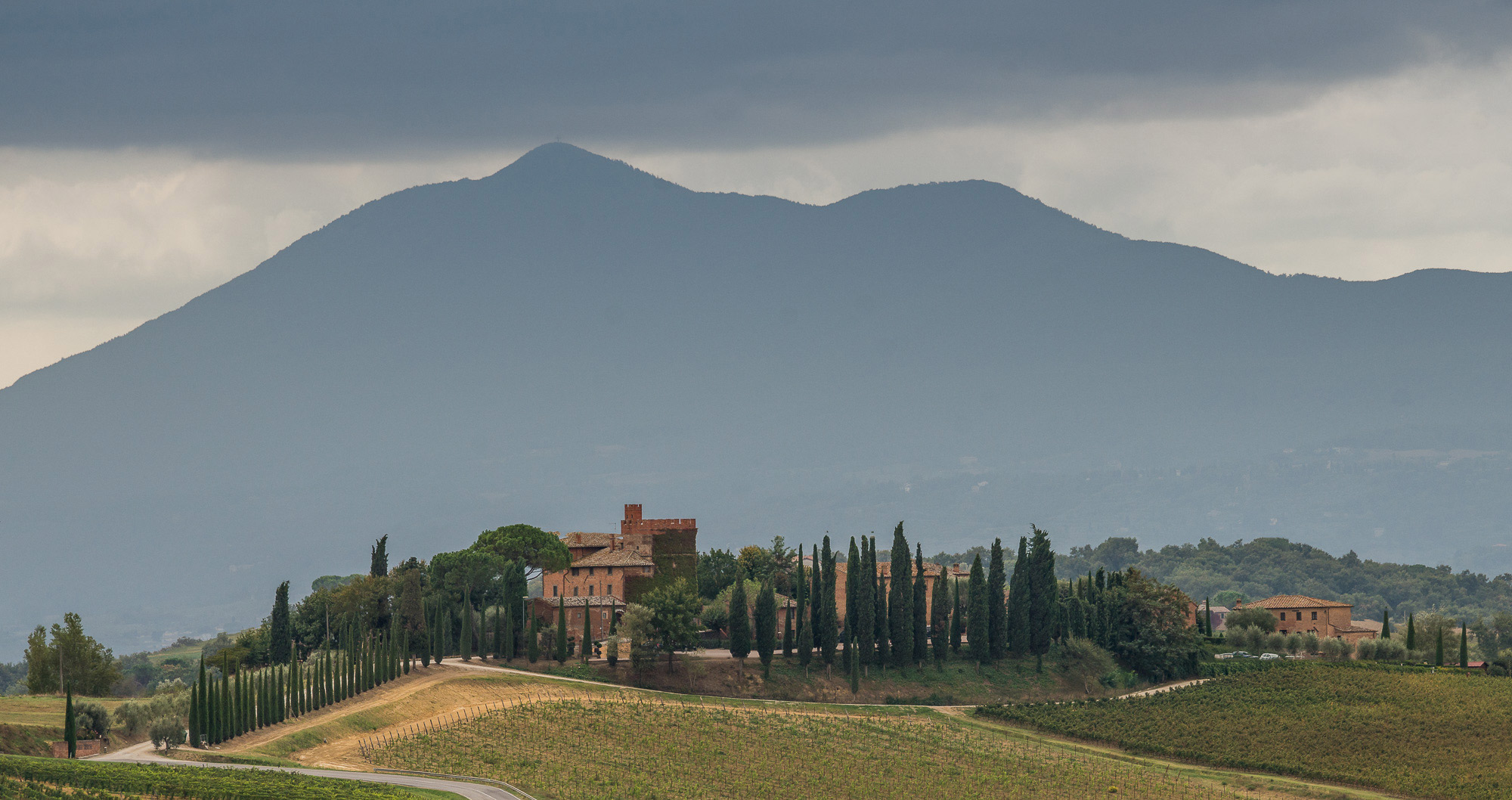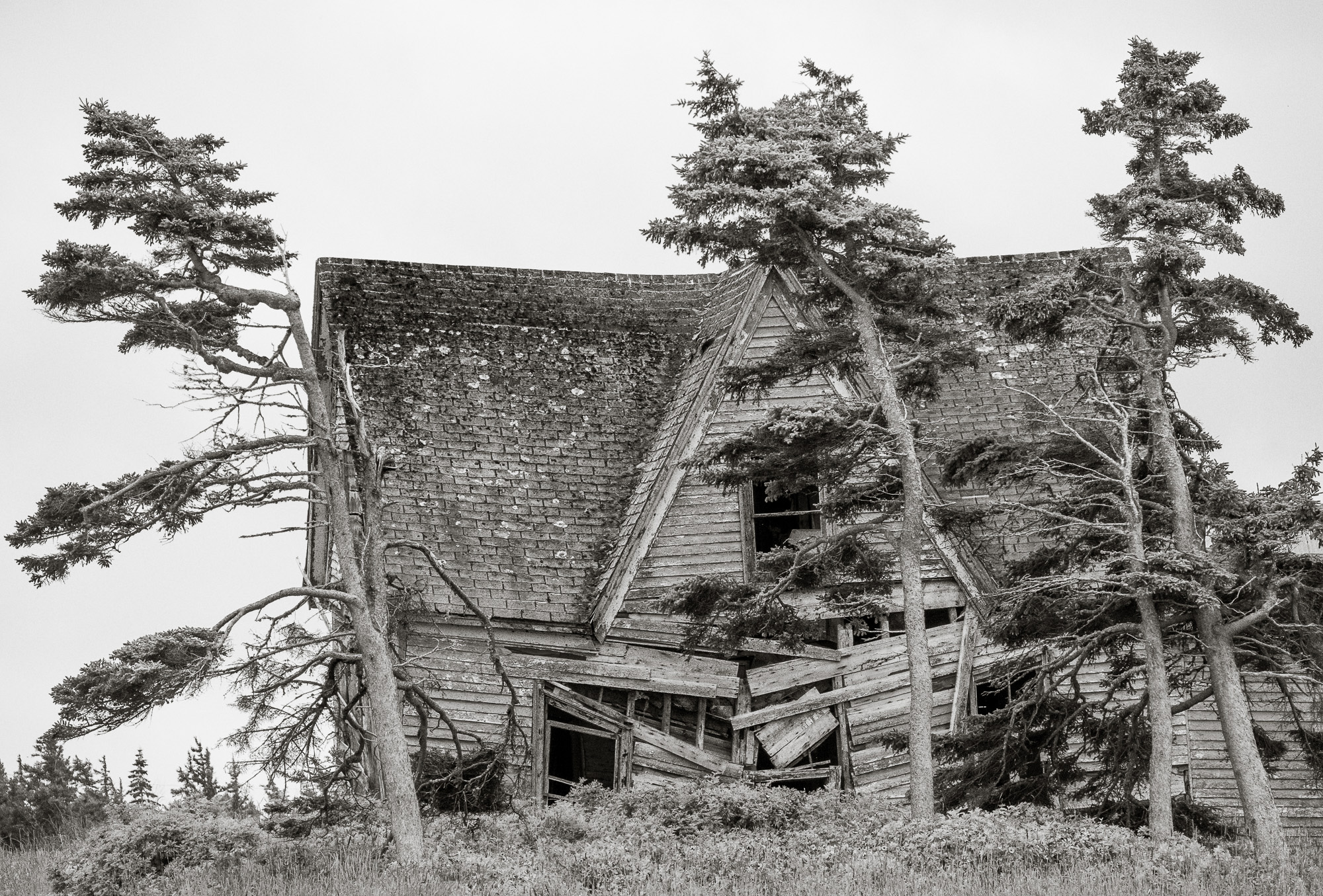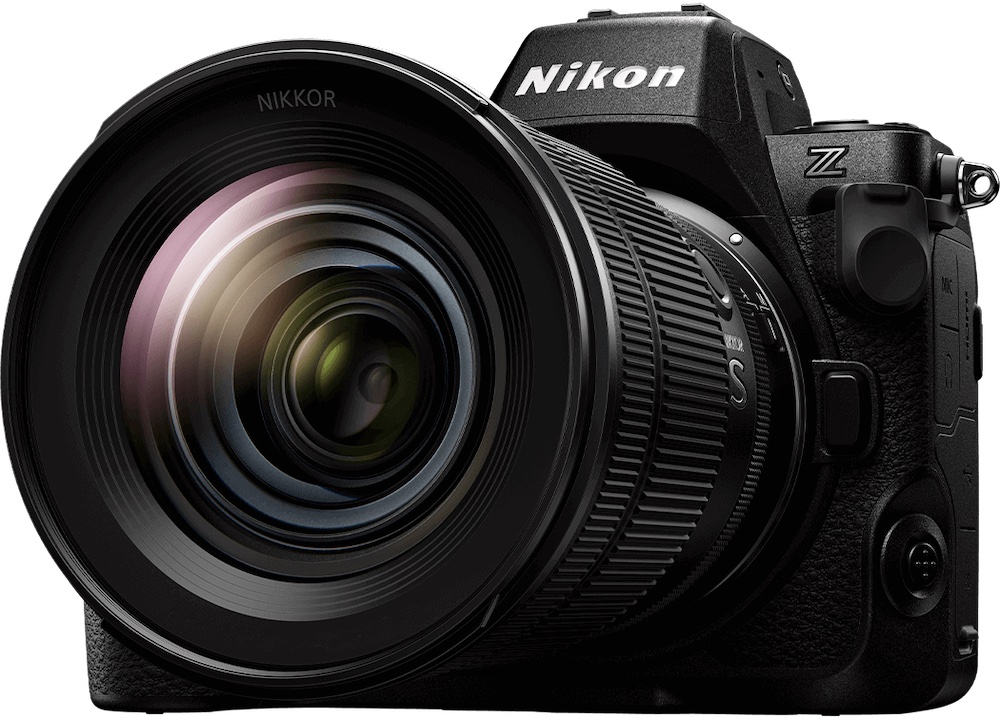

Most Versatile Camera of the year?
Finally, one more award, to a company that has narrowly missed a number of times – Nikon. The Z9 narrowly missed Camera of the Year here in 2021 (it won in many other publications. It lost to the Fujifilm GFX 100S, a camera that I was so impressed with that I bought it as a standard to judge other cameras against, and a camera that has a special synergy with the styles of photography many LuLa readers practice. Nikon did not introduce any meaningful camera in 2022 (no, the vlogger-centric, viewfinderless Z30 doesn’t count).
I almost chose the (late 2021) Z9 as a 2022 camera – there were a few Z9s in the wild in 2021, so it’s really a 2021 camera – but not many, so it was a tough choice not to call it a 2022 camera.
Nikon DID win a share of Lens of the Year for their superb 2022 telephoto introductions. As late as early November of 2023, I was thinking Nikon Z8 for Camera of the Year, choosing it over the consumer-level Canons that are providing an entry point to new photographers moving up from phones.
The Z8 offers almost all of the Z9 in a smaller, lighter, cheaper package, and it makes things a lot harder on the less than full-frame speed cameras (and the Canon EOS-R3). If you’re OM System, Panasonic or even Fujifilm with the X-H2S, trying to sell a ~$2500 speed camera with a much smaller sensor, a big part of your strategy is to undercut the full-frame models that offer speed, superb AF, durability AND impeccable image quality on price.
The Z8 just made that game $2000 harder, by bringing the entry point for a speed/quality hybrid down. It also combined with affordable 100 MP medium format to wipe out a lot of the market for slow 45+ MP cameras over $3000. If you’re trying to sell a $3500 full-frame camera that gives up speed for image quality, you’re trapped between a rock (the $4000 Nikon Z8 with comparable image quality and excellent speed as well) and a hard place (the $4400 GFX 100S that offers image quality full-frame can’t touch). The article I almost wrote would have focused on the Z8 and Z9 together, not the Z8 alone.
Of course, Sony had to go and introduce a global shutter camera that probably features the biggest change in sensor architecture since Canon introduced the EOS-D30 back in 2000. The A9 III wins on potential, but the Z8 or Z9 wins for a lot of uses TODAY.
It’s not as fast as a global shutter, but it’s VERY fast. It doesn’t have the image quality of a GFX 100S, but it’ll print a gallery quality 16×24”, if not 24×36” print.
What camera would I pick up for a day of photography if my destination were unknown?
If I ended up shooting landscape, architecture or still life, it would be second only (significantly) to a 100 MP medium format camera, and (marginally) to a 61 MP Sony.
If the mystery destination were a sports stadium, only an A9 III would be a better choice, with Sony’s A1 a comparable choice to the Nikons. If the stadium were outdoors and I didn’t have to shoot video, I might even prefer the Nikons to the A9 III – flickering lights and rolling shutter distortion aren’t huge issues for outdoor still images, and I’d get much better image quality. If I were sent to shoot weddings, portraits, wildlife or street/candid, the Z8, Z9 and A1 are my top three choices.
Nikon backs up the Z8 and Z9 with the most consistent lens line in the industry.
Sony offers more choices, but Nikon offers all of the important choices (except a ~300mm f2.8 and native tilt/shift). As an example Nikon offers two well-spaced (f1.2 and f1.8) 50mm normal lenses for full-frame, plus a macro, an exotic 58mm and an inexpensive 40mm.
What more do you need? Sony offers SEVEN choices plus a macro, but still can’t match Nikon’s 50mm f1.8S for optical quality without spending twice as much. Nikon will tend to have two or three well-chosen lenses in spaces where the much older E-mount offers half a dozen, but the Nikkors will generally include some of the best choices.
Nikon’s compact and practical 800mm f6.3 PF. Well, no fast 800mm is REALLY compact and practical, but this one is half the volume and weight of most – you can even handhold it for a while (it’s only a little bit longer than a typical 200-600mm zoom, and about the same weight).
As Nikon has filled out their lens line, they’ve filled in almost all of the gaps. They went from “no telephotos” to the best telephoto line in the industry. They have a very consistent line of f1.8 S primes with superb price/performance, and they are filling out a line of ultra-high performance f1.2 lenses.
They offer an excellent lineup of pro f2.8 zooms, with two separate lines of mid-range zooms below it. They have released more innovative lenses than anybody in recent years, often favoring unusually compact lenses that perform very well.
If I had to choose a single manufacturer for a wide range of subject matter, I would choose Nikon, and if I had to choose a single camera for everything from sports to landscape and architecture, it would be a Nikon Z8. There are better cameras for particular subjects, and I personally choose Fujifilm medium format as a landscape photographer, but the Nikon Z8 is the winner of the Individual All-Around if one camera has to handle every subject.





